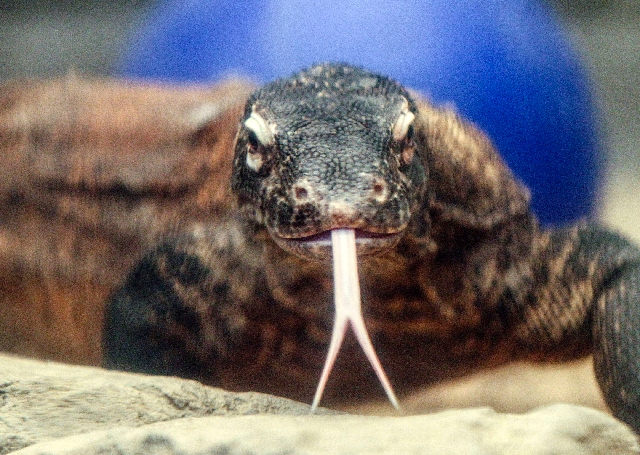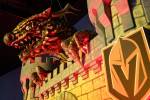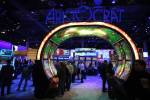New Komodos set to laze at Mandalay Bay
Two juvenile Komodo dragons, the newest additions to the Shark Reef at Mandalay Bay, fit right in to the Vegas tourist scene.
The male lizards have mastered the art of sleeping late, basking in the heat and pigging out on frozen treats. In this case, the young Komodos are eating frozen rodents. Hey, one man’s popsicle is a lizard’s dead mouse.
The 2-year-old juvenile Komodos were among 10 that hatched at Praha Zoological Garden in the Czech Republic. Shark Reef, an accredited member of the Association of Zoos and Aquariums, was one of seven locations chosen to care for them.
They join a 15-year-old Komodo dragon that the Shark Reef put on display in 2008. However, the three animals won’t stay in the same enclosure. Turns out, Komodo dragons don’t like to share their space with others, says Shark Reef curator Jack Jewell.
Measuring 4 feet long and weighing 20 pounds, these kids are only a fraction of the adult’s size. It is 8 feet long and weighs about 110 pounds, Jewell says. Visitors to the aquarium have a unique opportunity to see a young version of this animal, as there are only about 90 Komodos in the United States and they’re mostly adults.
Komodo dragons are native to Indonesia and are believed to be the world’s largest lizards. Adults can grow up to 10 feet long and weigh as much as 300 pounds. There are only about 5,000 remaining in the wild, as development has encroached on their habitat, Jewell says.
There are several myths surrounding Komodo dragons, Jewell says. Many believe that they’re man-eaters.
“They’re not really interested in humans,” Jewell says.
It’s commonly believed that they are venomous, too. While they do possess vestigial venom glands in their mouths, so do lots of other lizards that are considered nonvenomous. It’s still not known whether they can deliver venom in their bite, Jewell says.
Komodo dragons don’t breathe fire, either. But it is true that their mouths are filled with bacteria.
In the wild, Komodos live a lazy life, rising late in the morning to sun themselves for a few hours before heading out to hunt. They feast on just about anything they want, as they are at the top of the food chain, Jewell says.
The Shark Reef’s Komodos eat a diet of mostly rodents, chicken and fish. After they mature in a couple of years, they will be added to a breeding program to help preserve the species.
Contact reporter Sonya Padgett at spadgett@reviewjournal.com or 702-380-4564. Follow @StripSonya on Twitter.




























